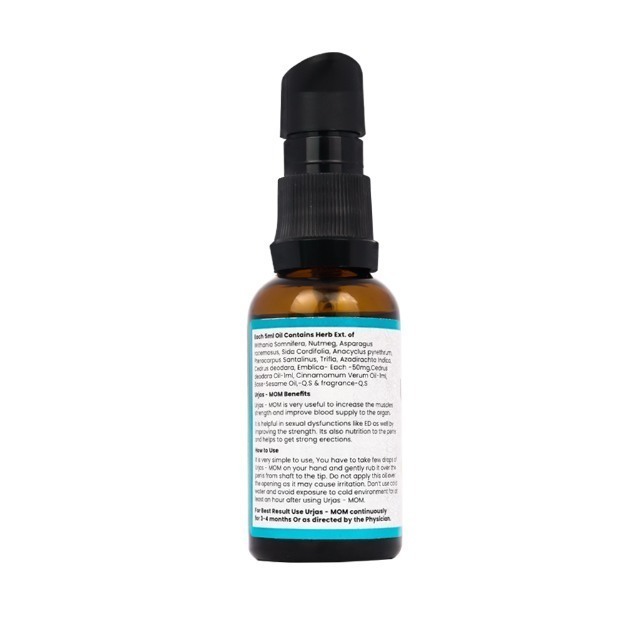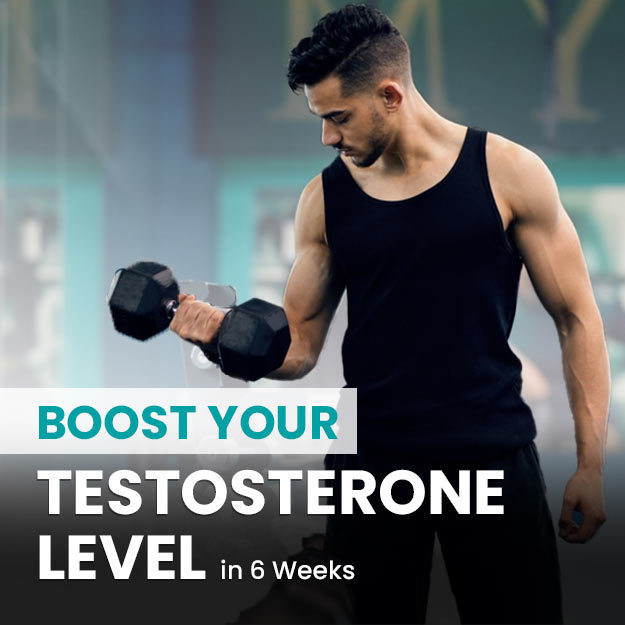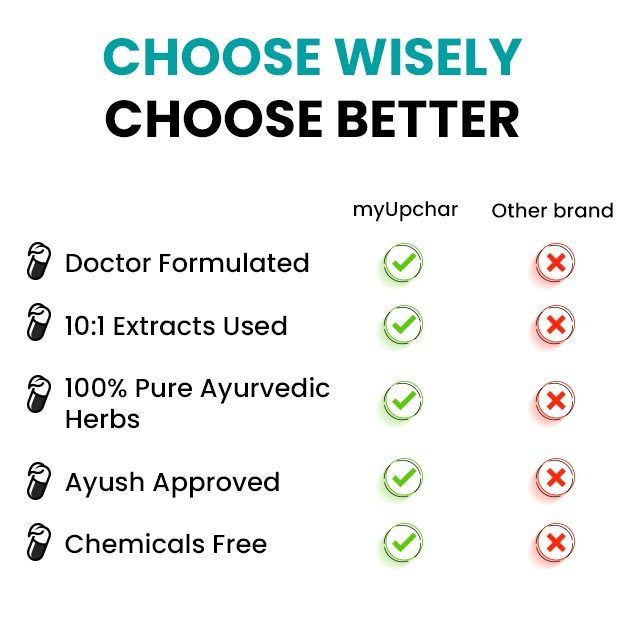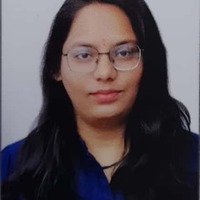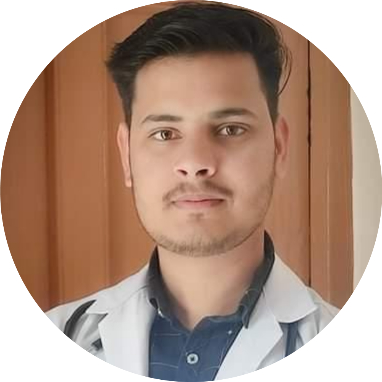Diarrhoea, also known as atisara in Ayurveda, is a disease affecting the digestive system, which is characterised by frequent passage of poorly formed stools. Most commonly, this disease occurs due to a microbial infection or indigestion but psychological factors such as fear or guilt may also be responsible for diarrhoea. The undigested food and ama (toxins), accumulate in the stomach and cause vitiation of one or all of the three doshas. This results in watery and multi-coloured stools with abdominal cramps and discomfort. Diarrhoea can also involve the passage of blood through the stools.
Ayurvedic treatment of diarrhoea aims at complete removal of ama and the vitiated doshas. Herbal formulations used for treating diarrhoea have deepana (increasing the hunger) and pachana (digestion) properties which help in restoring digestion. Before suggesting any kind of medication, Ayurvedic herbs like haritaki (chebulic myrobalan) are initially used to remove ama. Virechana (purgation) and basti (enema) are the recommended therapies of panchakarma (five treatments) in case of diarrhoea. A properly given basti also helps in the complete removal of toxins from the body.
Herbal medicines containing shunthi (dried ginger), bilwa (golden apple), dadima (pomegranate), triphala (a combination of amalaki [Indian gooseberry], vibhitaki [belleric myrobalan], and haritaki), kutaja (kurchi), ela (cardamom), jatiphala (nutmeg), pippali (long pepper), maricha (black pepper), and mustaka (nutgrass) are used in various formulations to treat the condition. Intake of a light diet may further help improve health. Ayurvedic treatment for diarrhoea not only relieves symptoms and helps improve health but it also avoids recurrence of the condition. However, it is necessary to follow the advice of the Ayurvedic practitioner for the complete treatment of the condition.






















